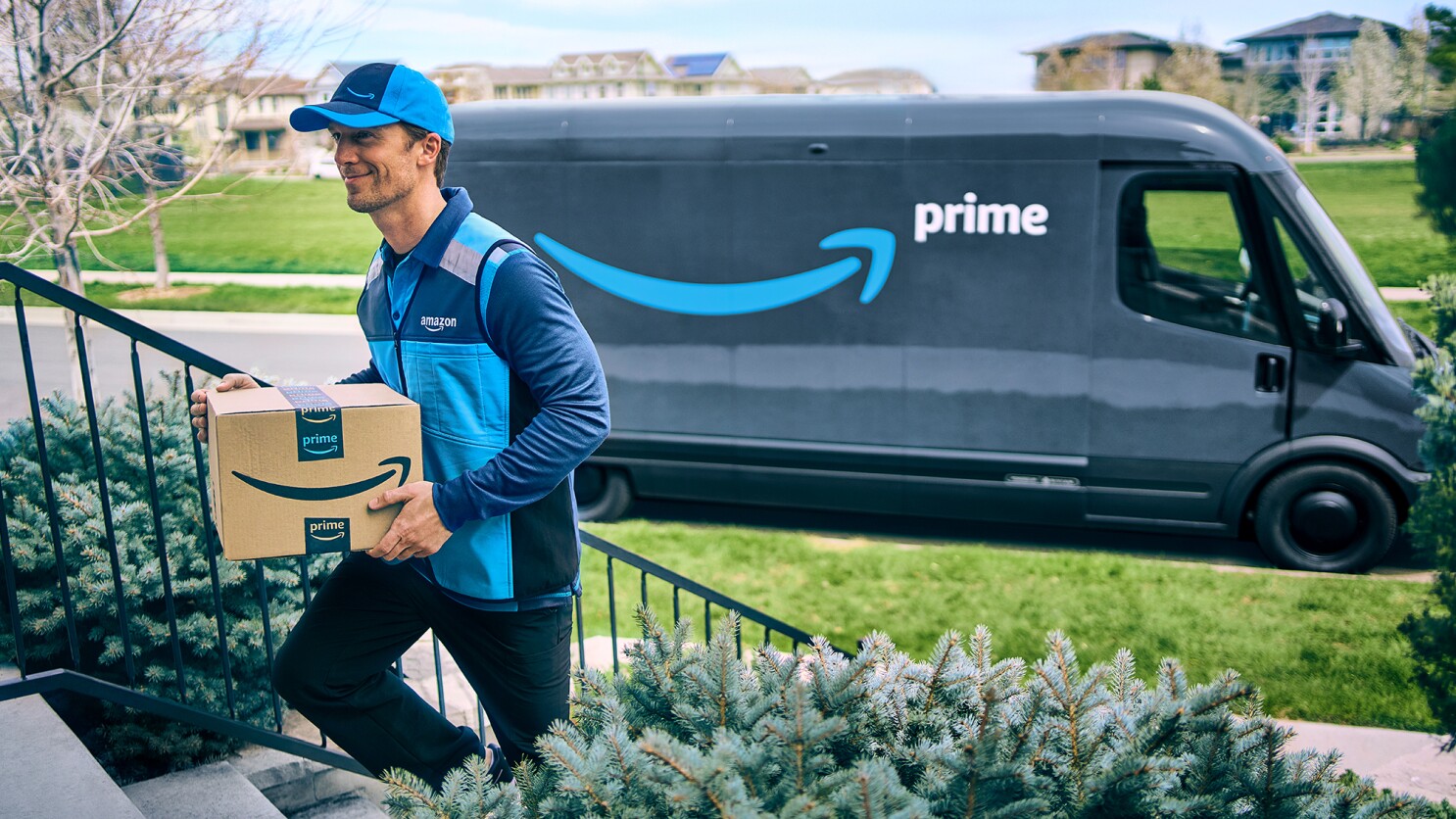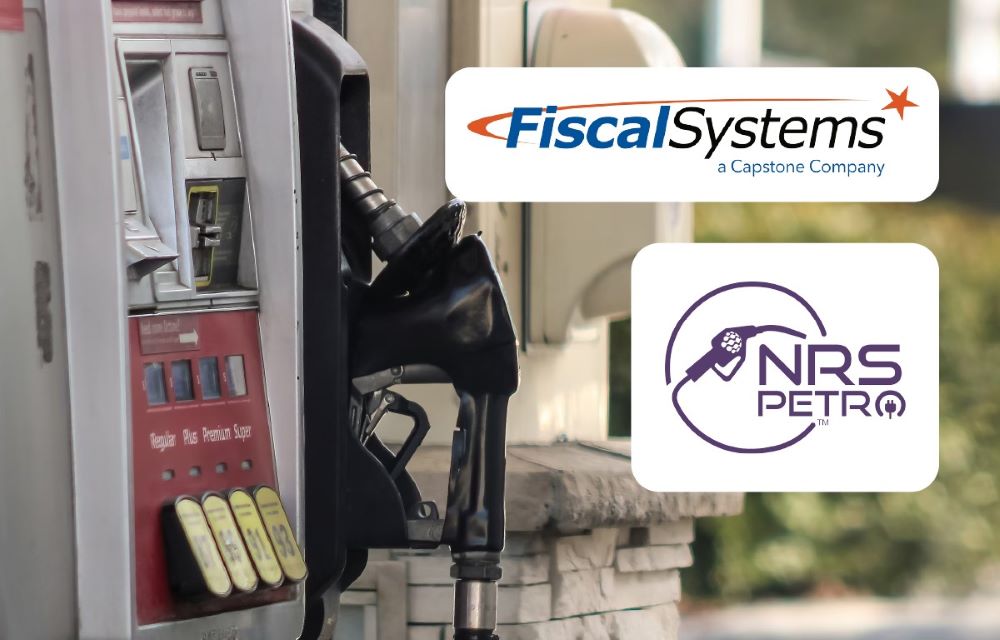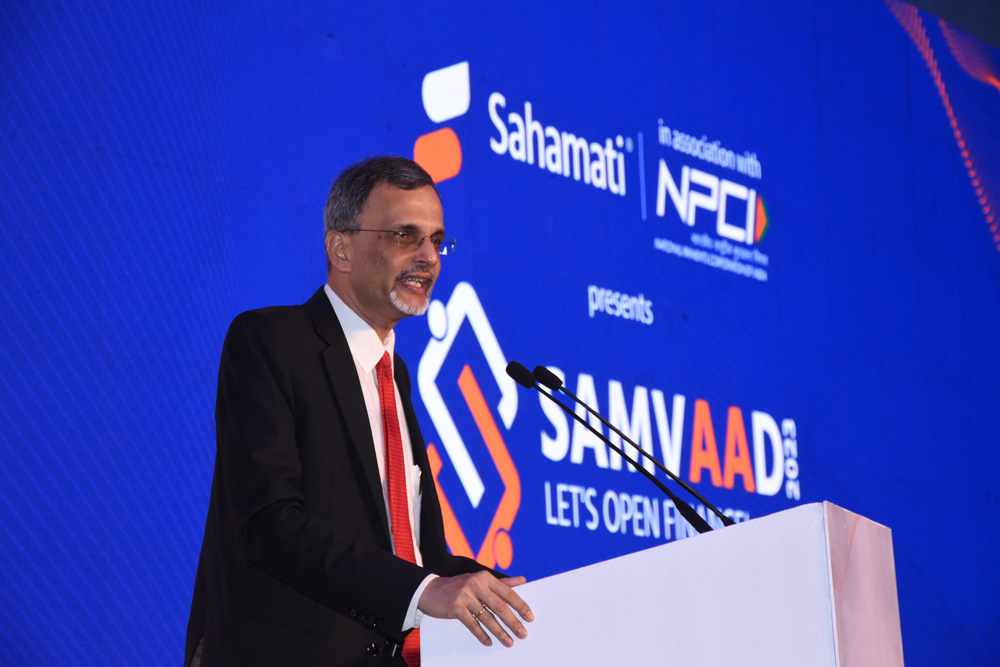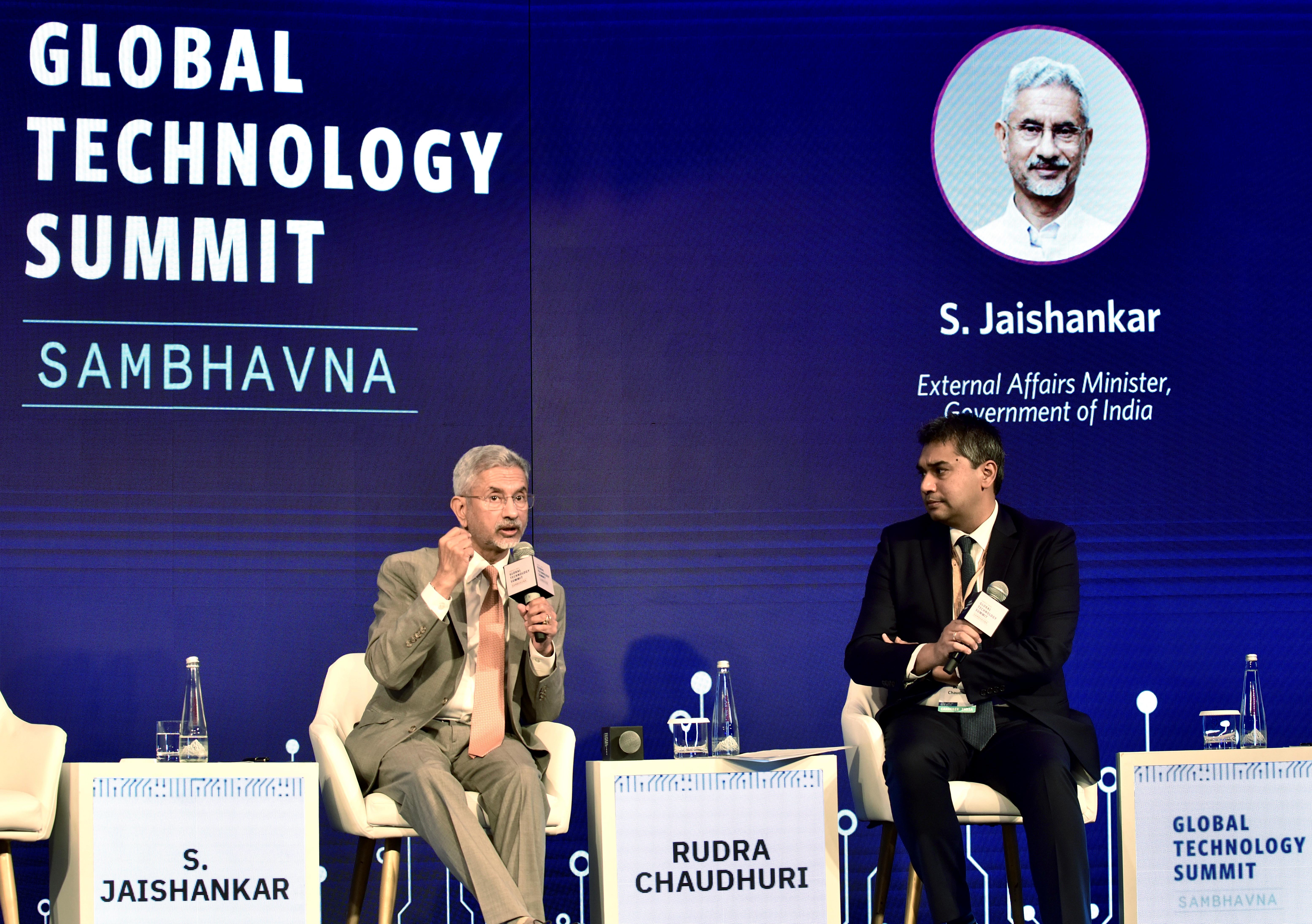Businesses can enhance delivery by optimizing logistics, investing in technology, and prioritizing customer communication and feedback

In the competitive landscape of modern business, delivery is more than just getting products or services to customers—it’s about meeting and exceeding expectations. From logistics to customer experience, the effectiveness of delivery can make or break a business. Let’s delve into the intricacies of delivery, exploring its definition, significance, strategies for implementation, execution, and an exercise for readers to assess and enhance their delivery processes.
Definition of Delivery:
Delivery encompasses the process of providing products or services to customers in a timely, efficient, and satisfactory manner. It involves logistics, operations, and customer experience, aiming to fulfill promises and meet expectations.
Q: What does delivery entail?
A: Delivery involves the entire process of getting products or services from the point of origin to the end-user, ensuring they arrive intact and on time.
Q: Why is delivery important for businesses?
A: Delivery is crucial because it directly impacts customer satisfaction, loyalty, and brand reputation. A seamless delivery experience not only meets customer expectations but also drives repeat business and positive word-of-mouth.
Q: How can businesses improve delivery?
A: Businesses can enhance delivery by optimizing logistics, investing in technology, and prioritizing customer communication and feedback. By streamlining processes, leveraging data analytics, and fostering a customer-centric culture, companies can continuously improve their delivery performance.
Q: When should businesses focus on delivery?
A: Businesses should prioritize delivery from the outset, integrating it into their strategic planning and operational processes. Whether launching a new product or expanding into new markets, considering delivery implications early on can prevent costly mistakes and ensure customer satisfaction.
Strategy:
To excel in delivery, businesses can adopt strategies such as:
- Customer-Centric Approach: Prioritize understanding customer needs and preferences to tailor delivery solutions accordingly.
- Seamless Integration: Integrate delivery processes seamlessly into the overall customer journey, from ordering to post-purchase support.
- Technology Adoption: Embrace technology such as route optimization software, real-time tracking, and automated notifications to enhance efficiency and transparency.
- Collaboration: Forge strategic partnerships with logistics providers, suppliers, and other stakeholders to streamline delivery operations and improve reliability.
- Continuous Improvement: Regularly monitor performance metrics, gather feedback, and iterate on delivery processes to adapt to changing customer expectations and market dynamics.
Real-Time Examples of Delivery Excellence by Big Brands:
Amazon:
- Amazon revolutionized the e-commerce landscape with its Prime delivery service, offering fast and reliable delivery options for millions of products.
- With initiatives like Amazon Prime Now and Amazon Fresh, the company provides same-day and even two-hour delivery for groceries, essentials, and more, setting the bar high for customer expectations in the delivery space.
Domino’s Pizza:
- Domino’s Pizza transformed the pizza delivery experience by introducing innovative technologies such as the Domino’s Tracker, allowing customers to monitor the status of their orders in real-time.
- With features like GPS-enabled delivery tracking and order customization through the Domino’s app, the company enhances transparency and convenience for its customers.
Starbucks:
- Starbucks is known for its mobile order and pay app, which enables customers to order ahead and pick up their favorite beverages and snacks without waiting in line.
- By integrating mobile ordering with in-store operations, Starbucks streamlines the pickup process, reduces wait times, and enhances the overall customer experience.
These examples illustrate how big brands prioritize delivery excellence by leveraging technology, operational efficiency, and customer-centric strategies to exceed customer expectations and drive business success.
Exercise for Readers:
- Evaluate your current delivery processes, including logistics, customer communication, and post-delivery support.
- Identify strengths, weaknesses, and areas for improvement based on customer feedback, operational data, and industry benchmarks.
- Develop a plan to address identified gaps and enhance delivery performance, setting specific goals and metrics to track progress.
- Implement improvements gradually, measuring their impact on customer satisfaction, operational efficiency, and business outcomes.
- Continuously monitor and adjust your delivery strategies to adapt to evolving customer expectations and market dynamics.
Conclusion:
- As we conclude our journey into the realm of delivery, let us not forget its profound impact on business outcomes and customer perceptions. Let us embrace the lessons learned, the strategies uncovered, and the exercises proposed to assess and enhance our own delivery practices. For in the end, it is through the seamless execution of delivery that businesses can truly deliver on their promises, exceed expectations, and chart a course towards sustained success in an increasingly competitive world.
The writer is a well-known Business Turnaround Specialist, Astro-Strategist, and Best-Selling Author.
Email: [email protected]

























